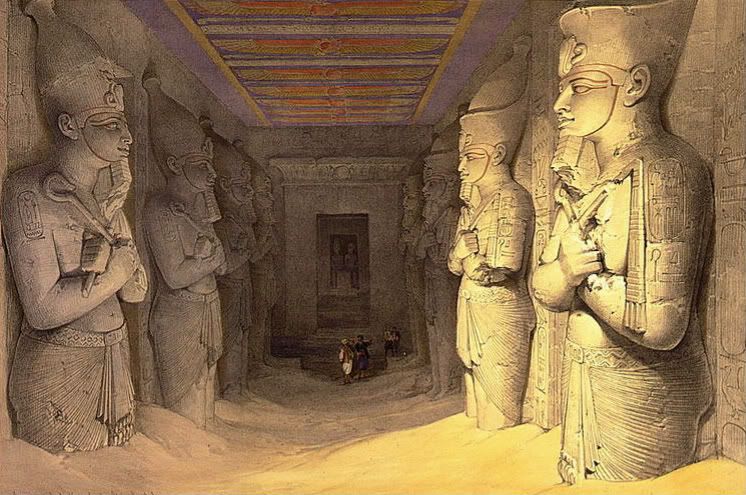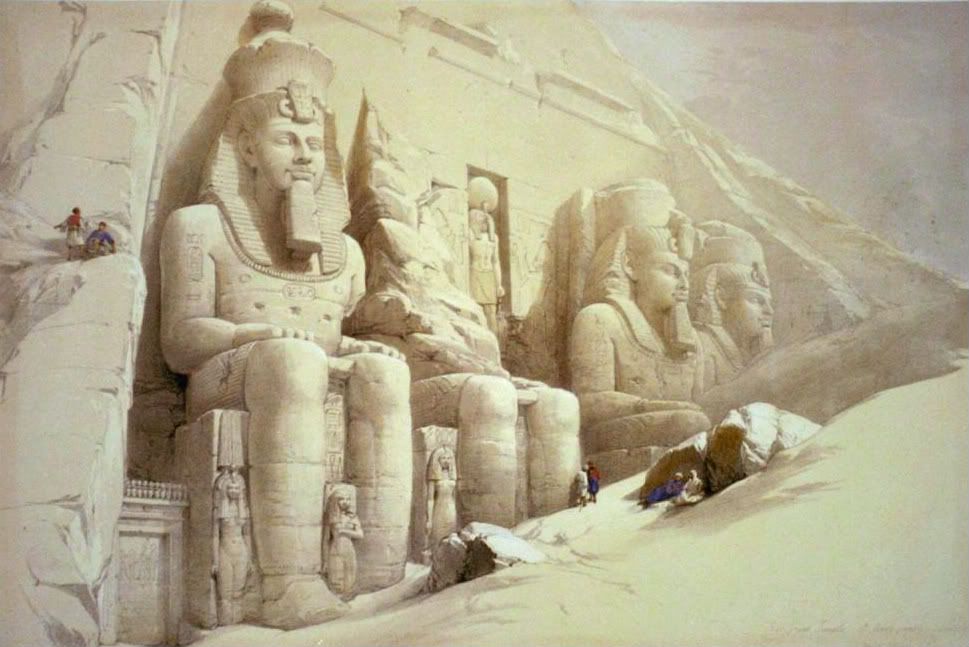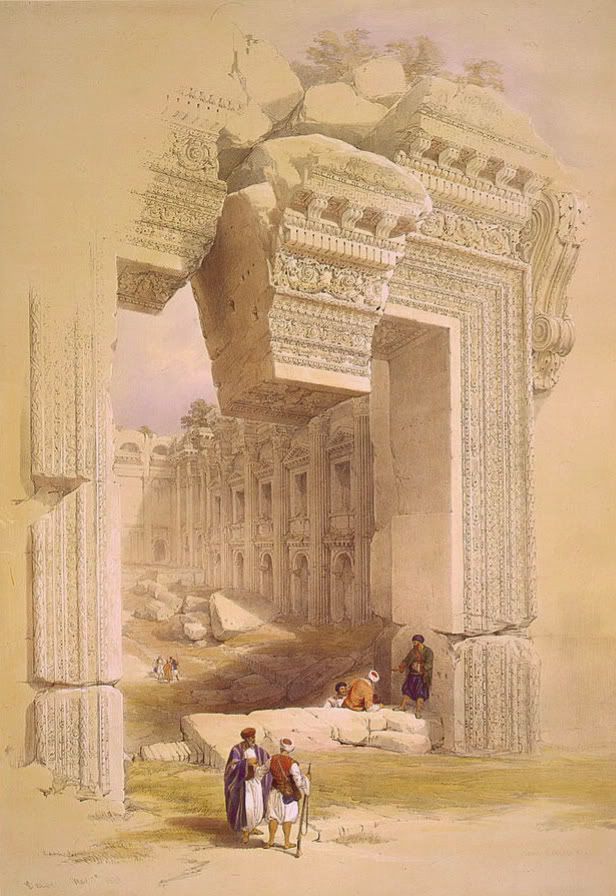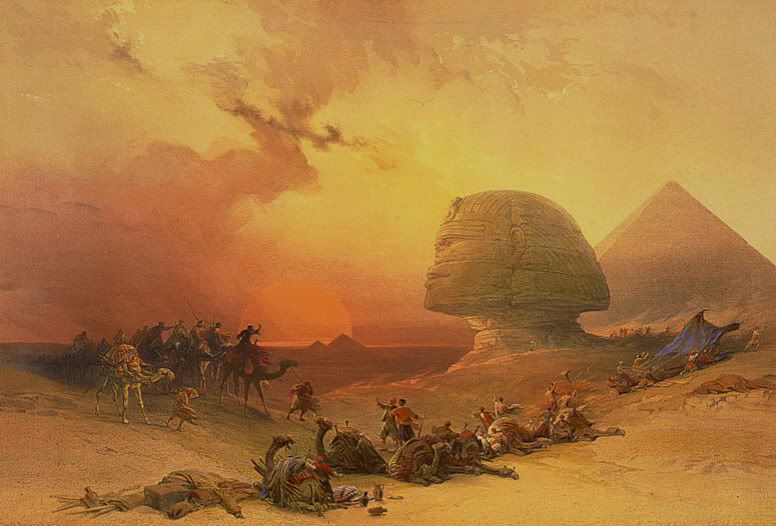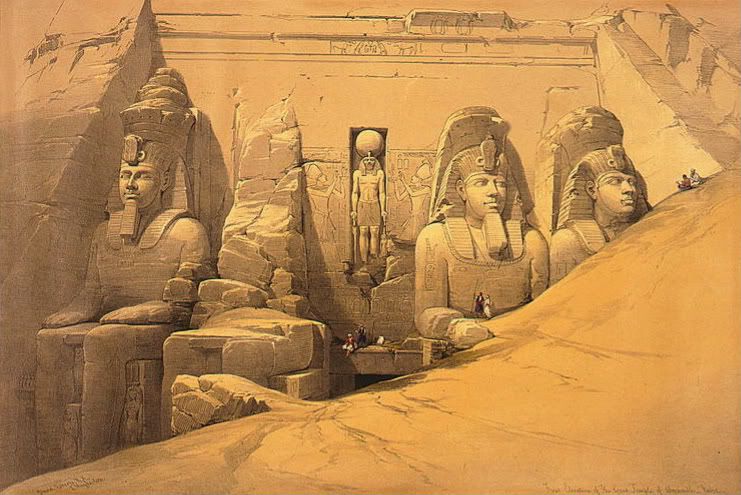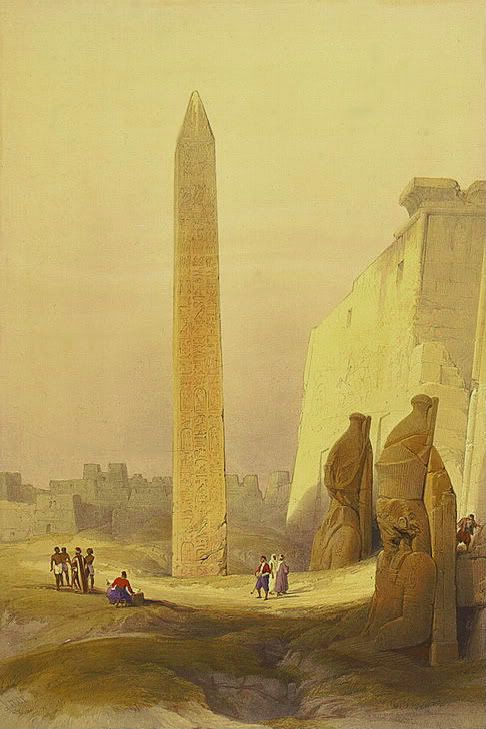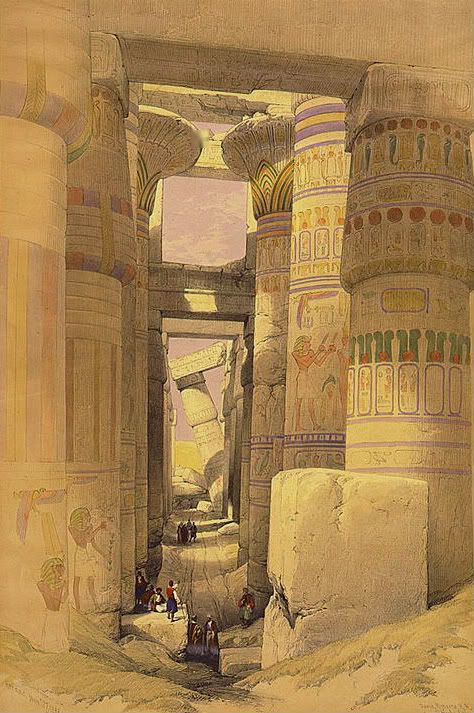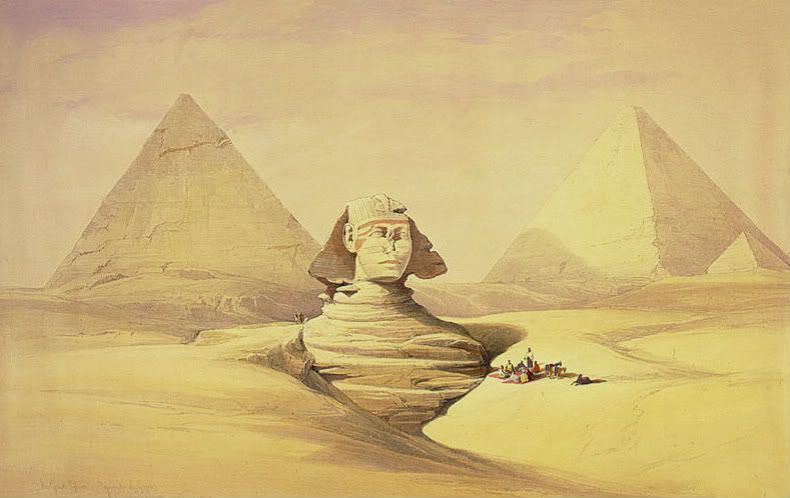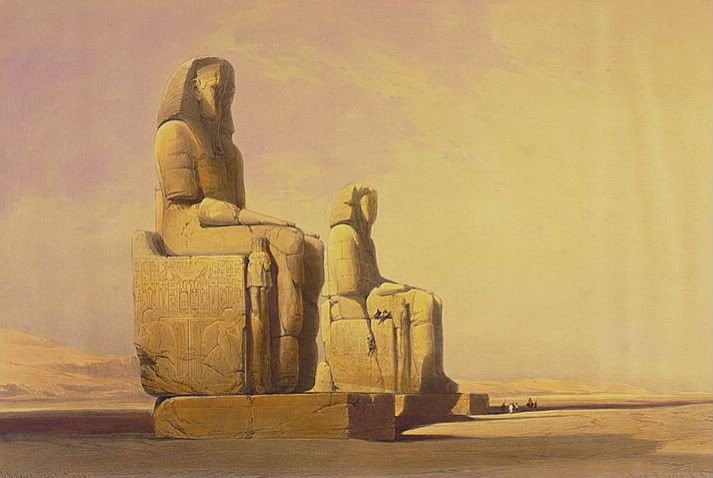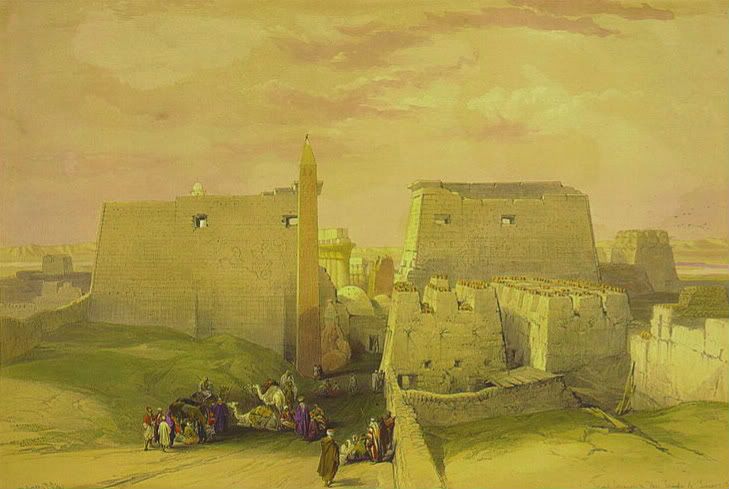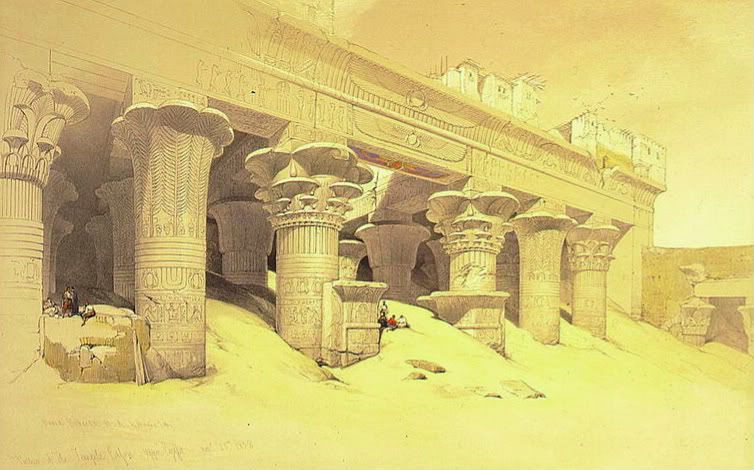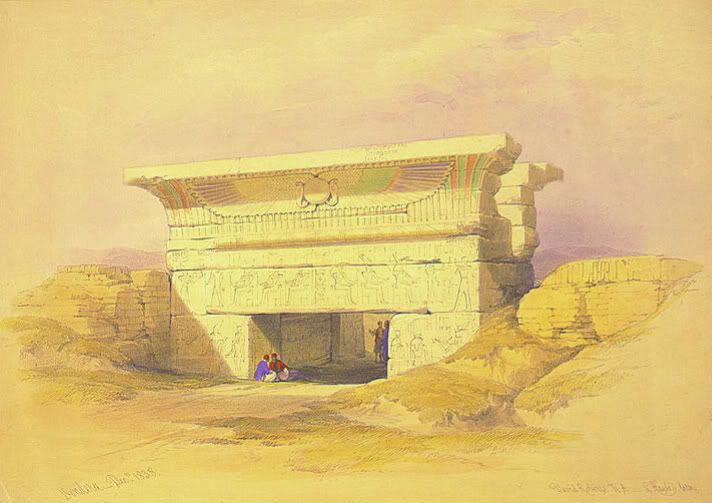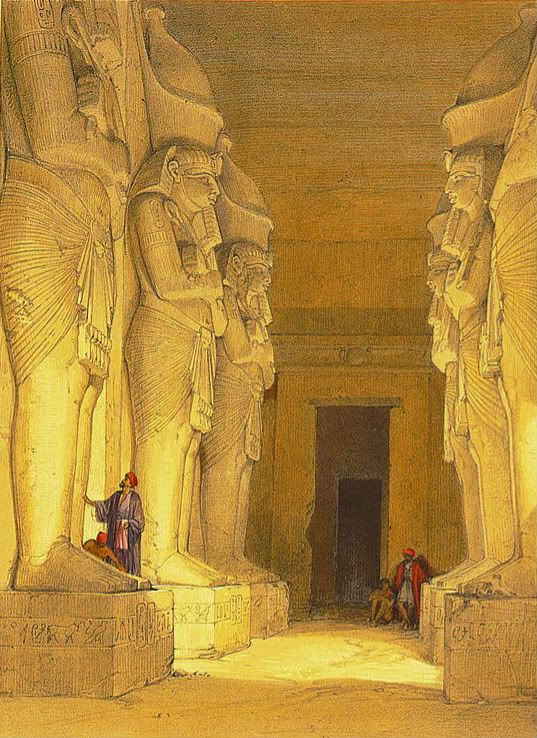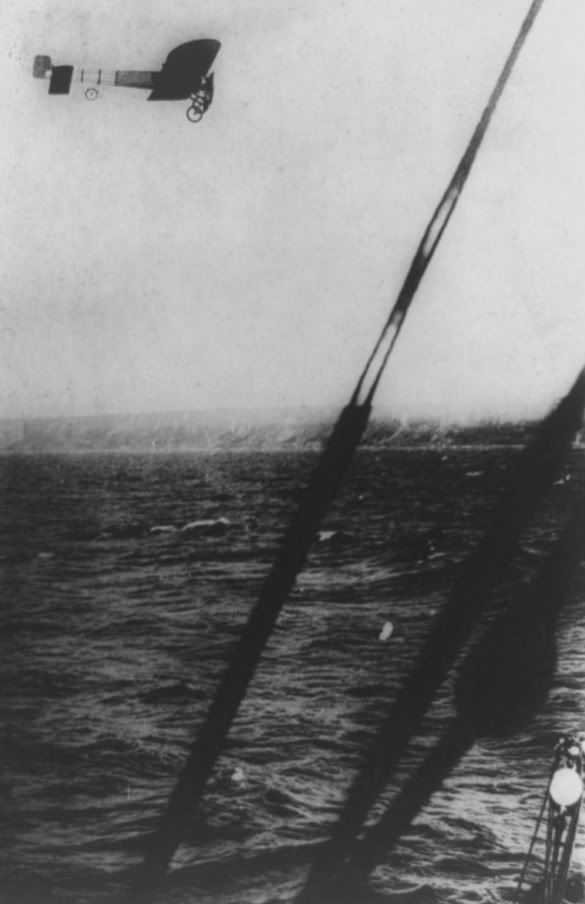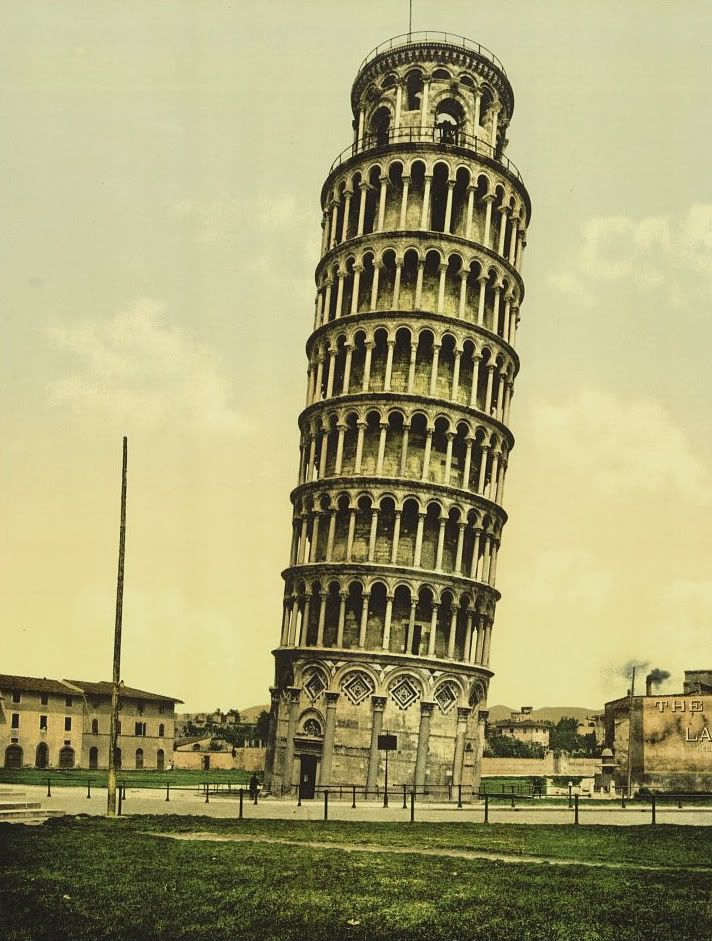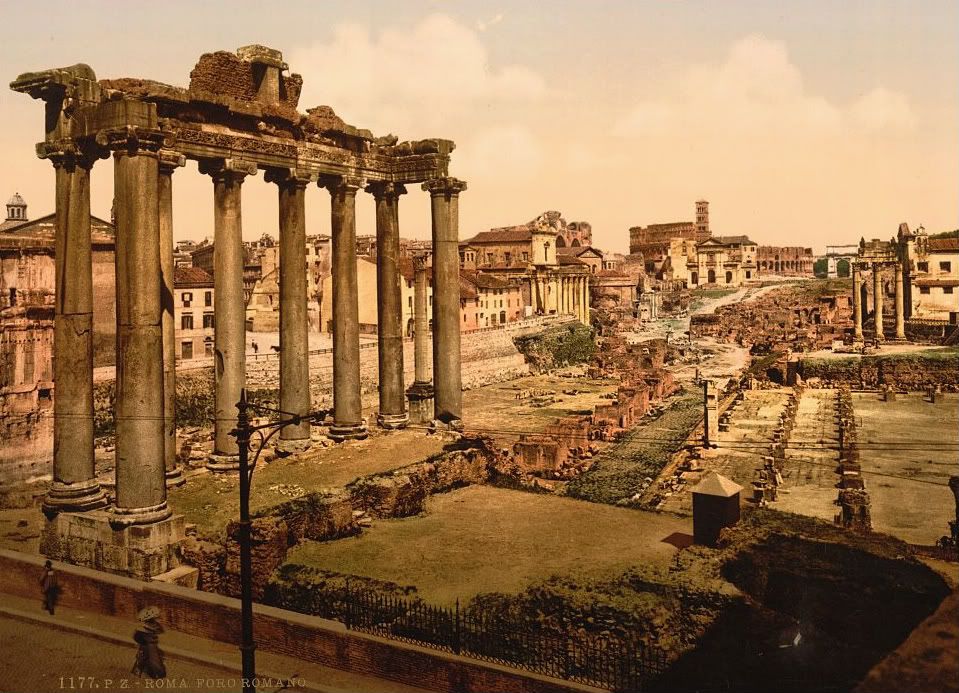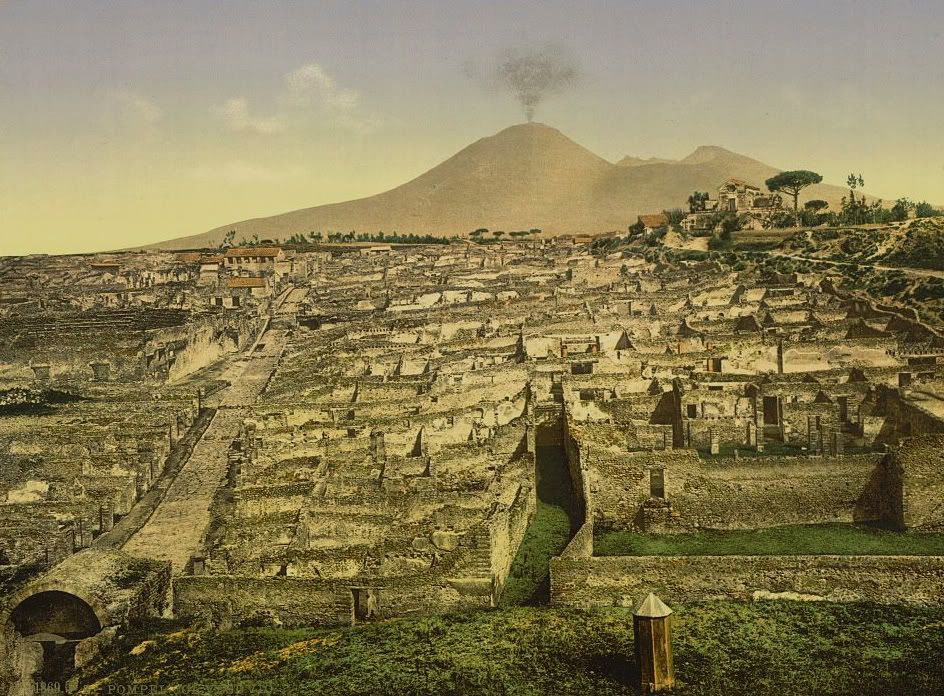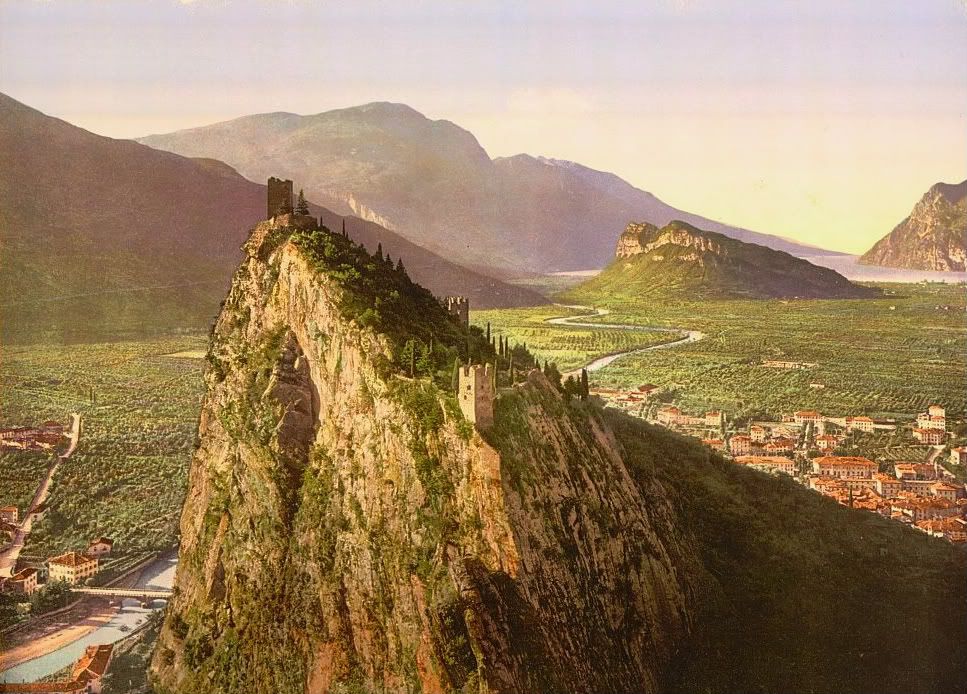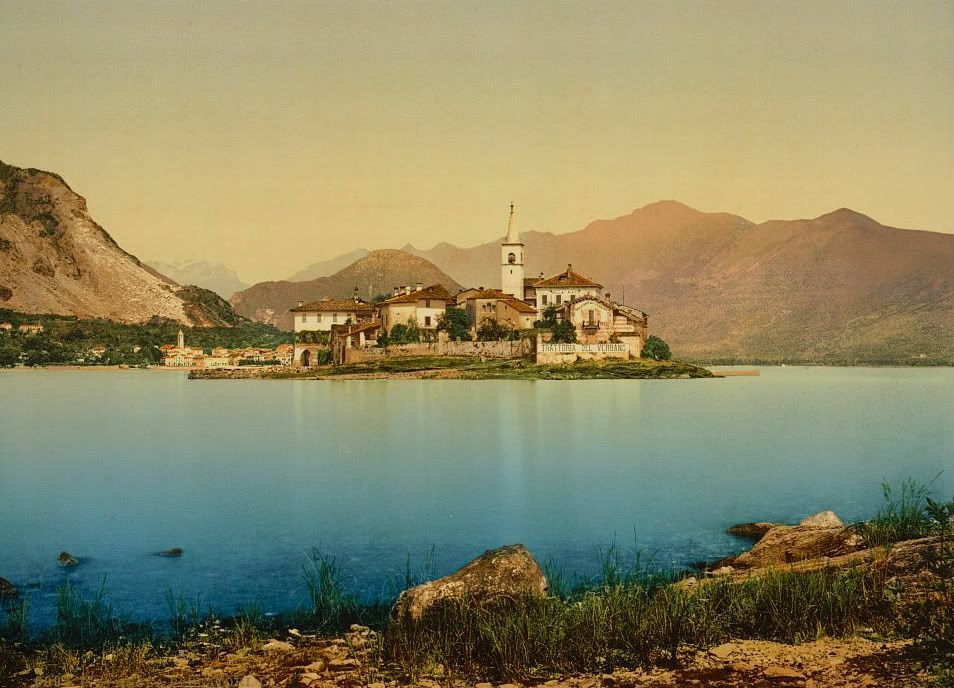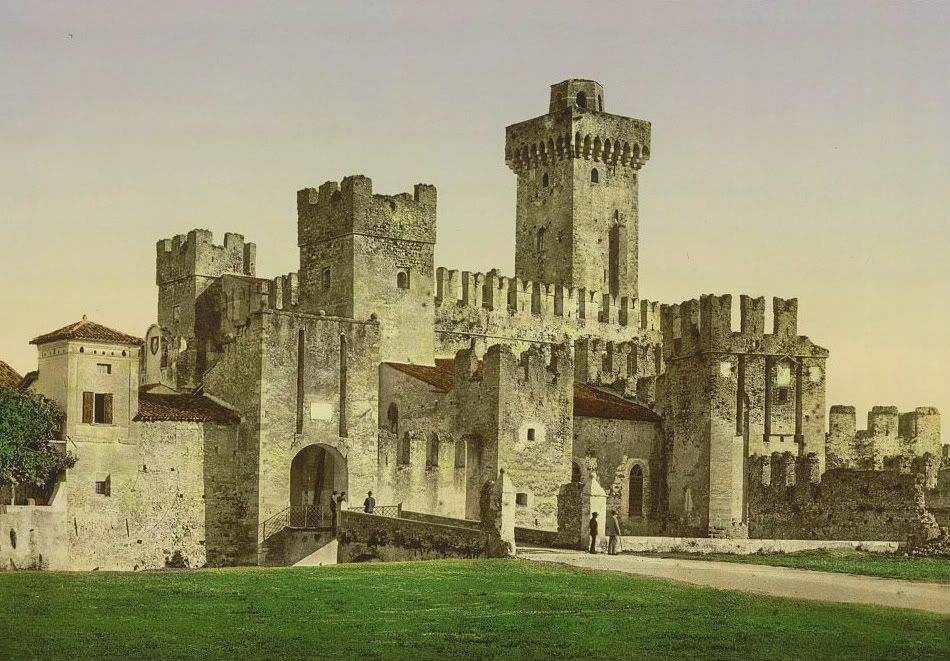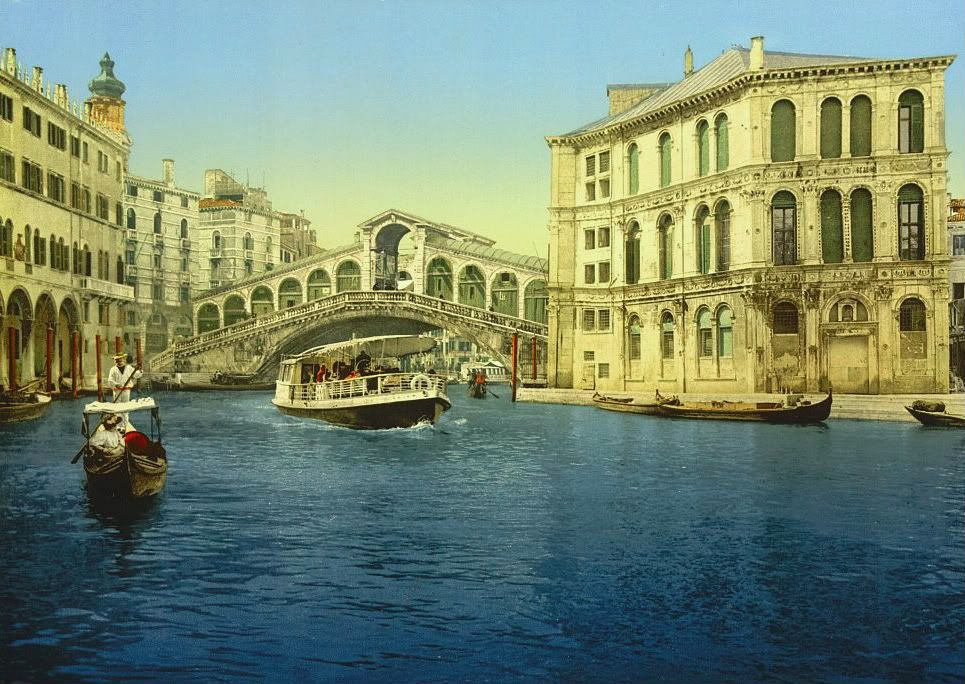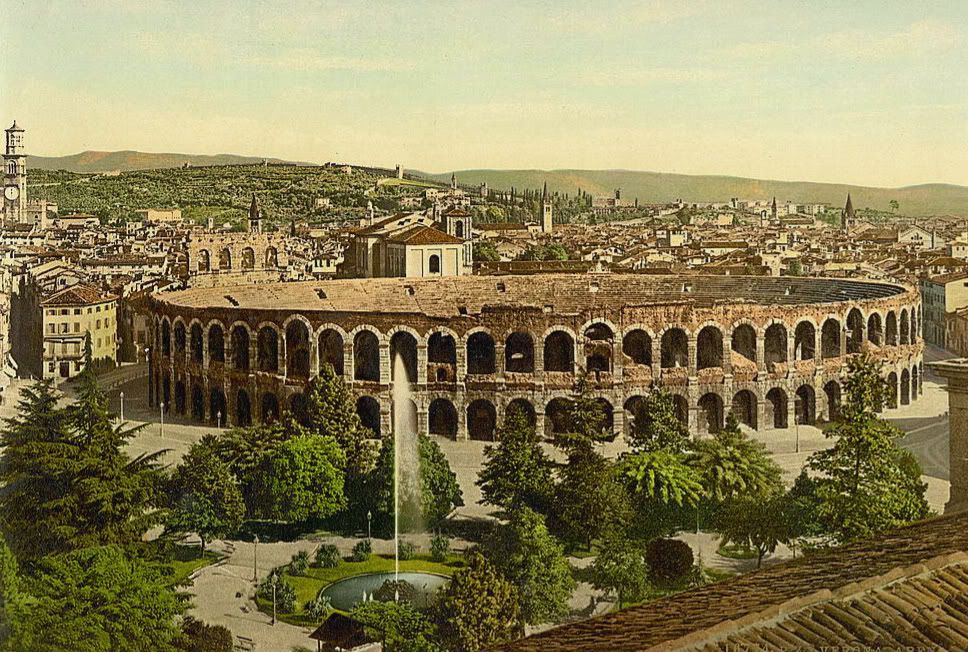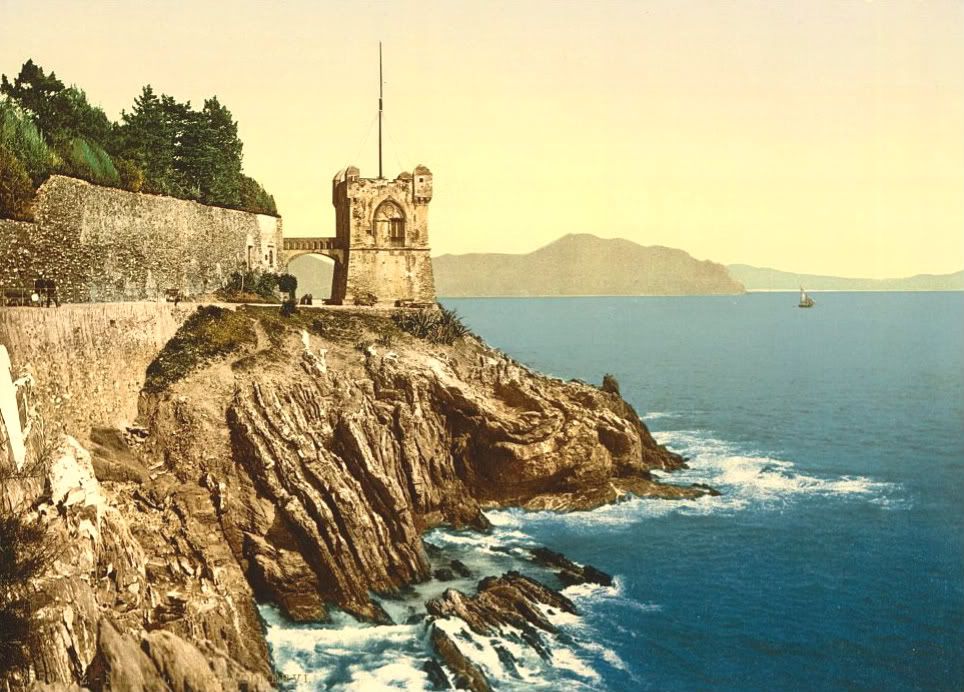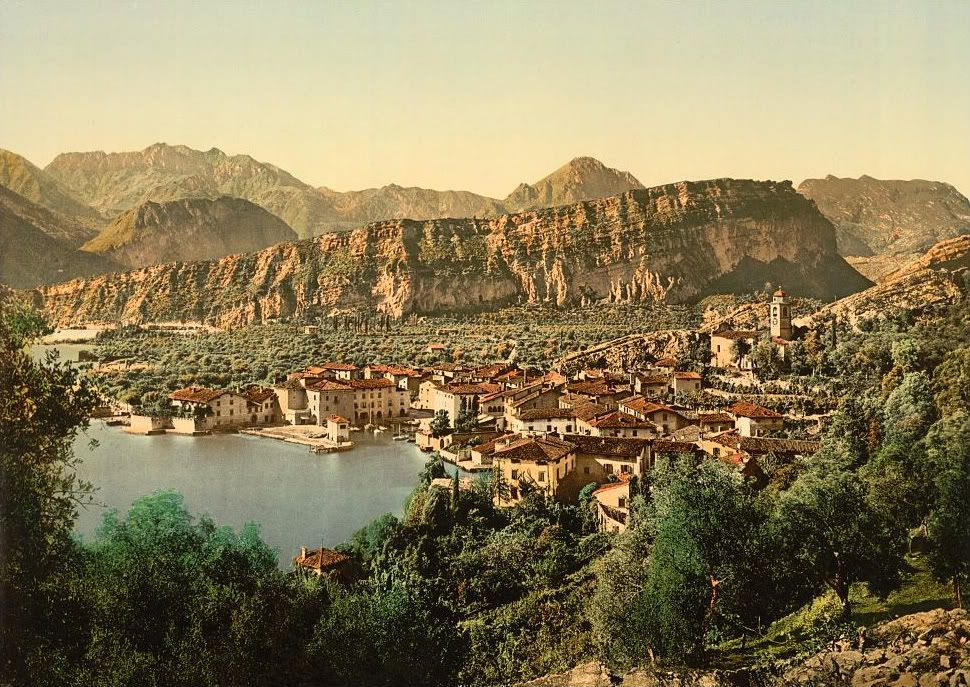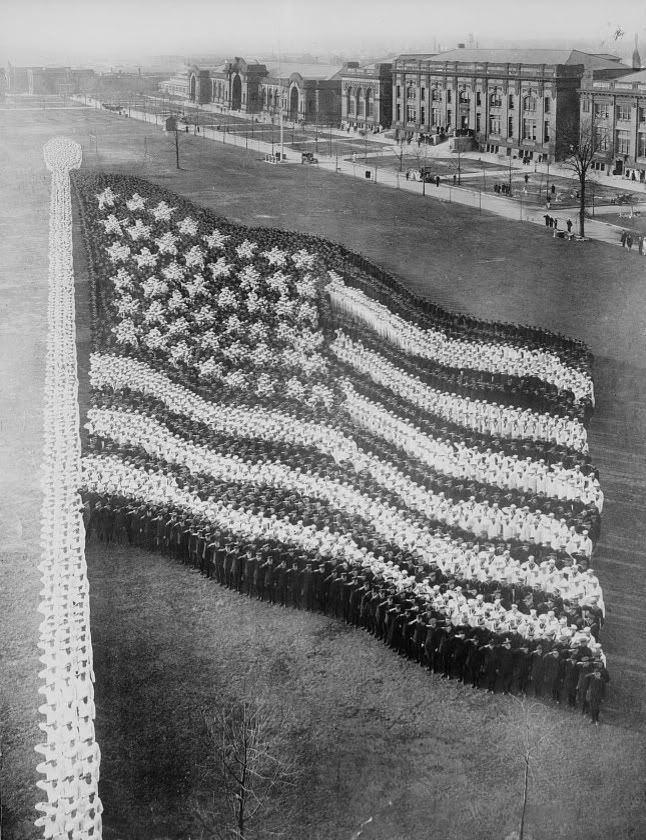 Human flag, taken at the Great Lakes Training Station 1916-17. captioned as "10 000 Bluejackets forming a living emblem of the American union". It is worth noting that the flag only has 48 stars as Hawaii and Alaska were not yet represented as states. It was 1959 before Alaska and 1960 before Hawaii were represented on the flag.
Human flag, taken at the Great Lakes Training Station 1916-17. captioned as "10 000 Bluejackets forming a living emblem of the American union". It is worth noting that the flag only has 48 stars as Hawaii and Alaska were not yet represented as states. It was 1959 before Alaska and 1960 before Hawaii were represented on the flag.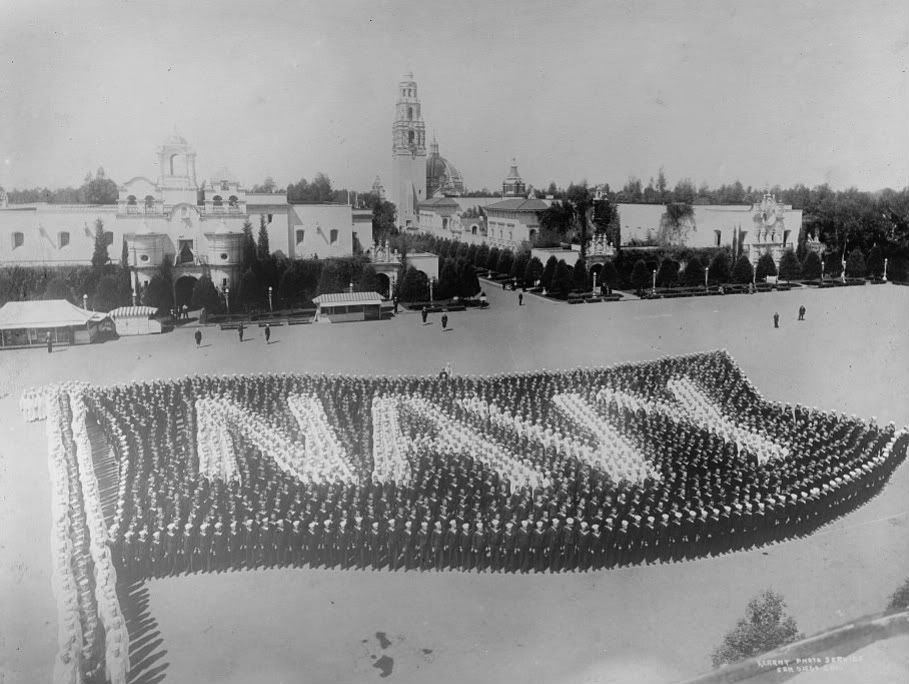 Bureau of Navigation, Naval Training Station, human flag 1916-17, by the National Photo Company.
Bureau of Navigation, Naval Training Station, human flag 1916-17, by the National Photo Company. The Y.M.C.A. emblem formed by officers, men, and camp activity workers at Camp Wheeler, Ga. 1917-18.
The Y.M.C.A. emblem formed by officers, men, and camp activity workers at Camp Wheeler, Ga. 1917-18. The Machine Gun Insignia; Machine Gun Training Center; 22 500 officers and men, 600 machine guns, taken at Camp Hancock, Augusta, Ga. 1918.
The Machine Gun Insignia; Machine Gun Training Center; 22 500 officers and men, 600 machine guns, taken at Camp Hancock, Augusta, Ga. 1918.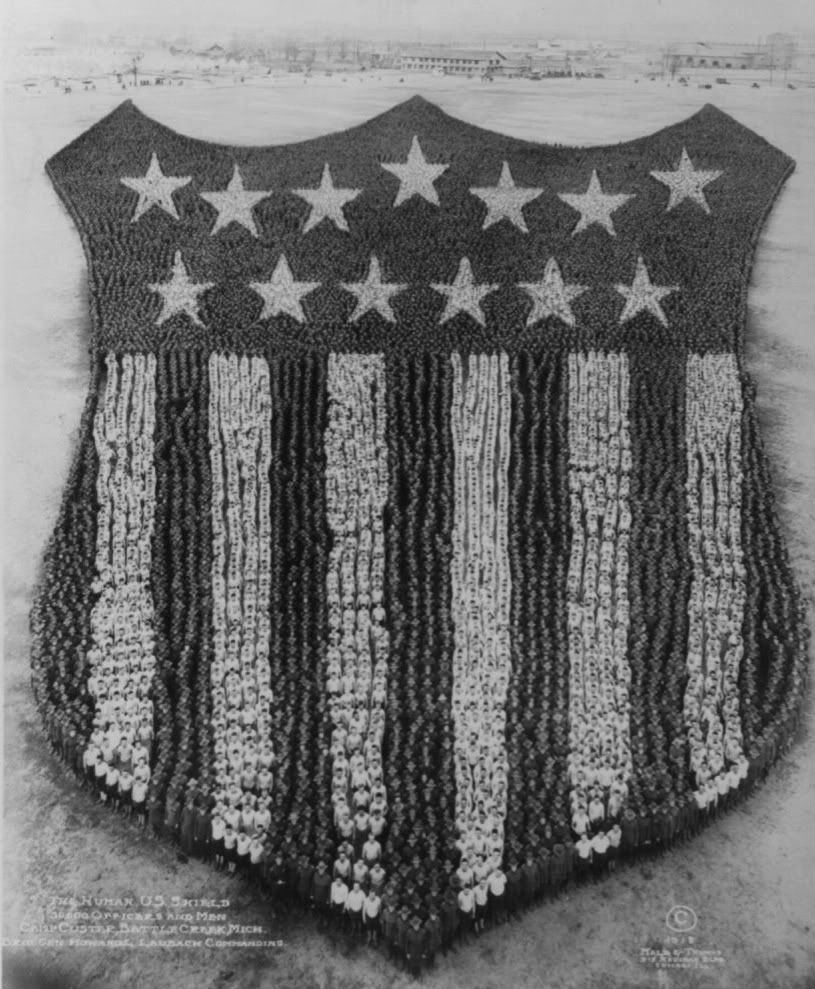 The Human U.S. Shield; 30,000 officers and men, Camp Custer, Battle Creek, Mich; 1918.
The Human U.S. Shield; 30,000 officers and men, Camp Custer, Battle Creek, Mich; 1918. The Human Liberty Bell; 25000 officers and men at Camp Dix, New Jersey; 1918.
The Human Liberty Bell; 25000 officers and men at Camp Dix, New Jersey; 1918. u.s.n rifle range camp Logan ill.
u.s.n rifle range camp Logan ill.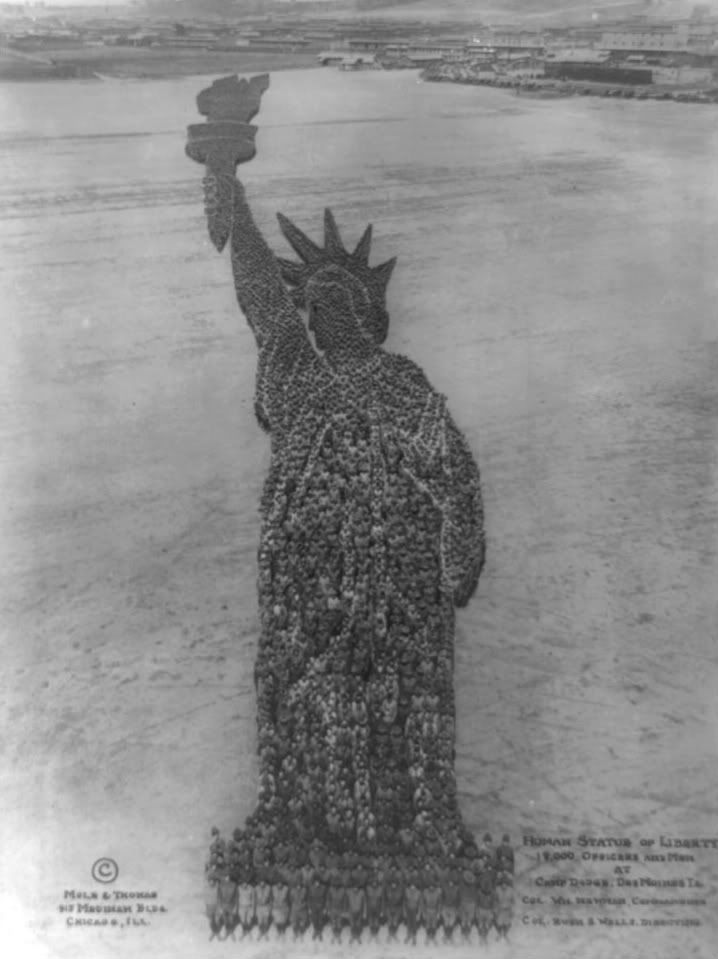 Human Statue of Liberty; 18,000 officers and men at Camp Dodge, Des Moines, Ia. 1917-18.
Human Statue of Liberty; 18,000 officers and men at Camp Dodge, Des Moines, Ia. 1917-18.More Information.
Snopes.com
The Camp Dodge Story.
